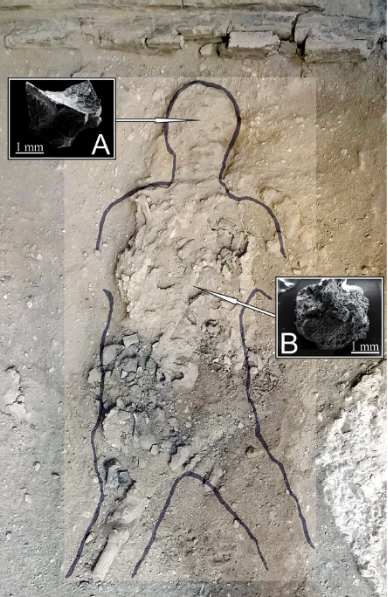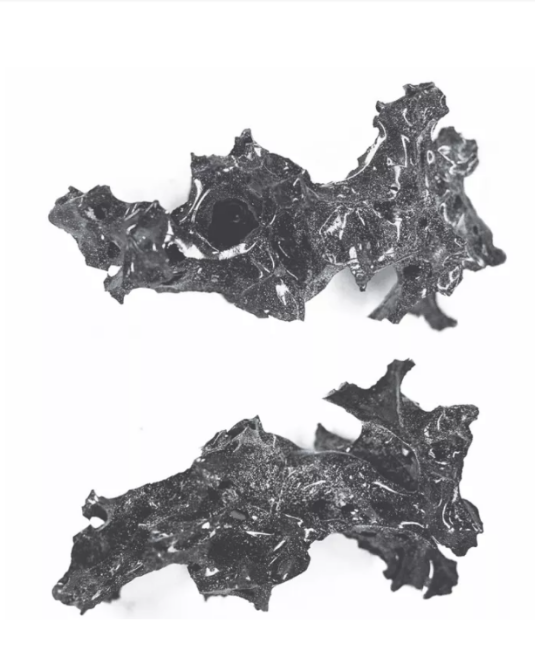Researchers find vitrified brain remains as a result of the eruption of a volcano.
Autor

Tissue Engineering and Synthetic Biology Laboratory
Bioengineering Department
Vesuvius erupted in AD 79, the city of Herculaneum was hit and overwhelmed by avalanches of volcanic ash, which killed all the inhabitants because pyroclastic flows reached up to 30 kilometers to the northwest and west of Vesuvius.
In the 1960s, at the Collegium Augustalium in Herculaneum, researchers found a human victim of the avalanche lying on a wooden bed, buried by volcanic ash. In the skull of this victim, apparent brain remains were discovered that were vitrified rather than saponified. Saponification occurs when the triglycerides present in the tissue have been converted into glycerol and salts of fatty acids or soap, vitrification instead refers to tissue that has been burned at high temperatures and has become glass or enamel, this unusual The discovery was made by Dr. Pier Paolo Petrone, professor of human osteobiology and forensic anthropology at Federico II University Hospital in Naples, Italy.

Source. PLOS ONE (2020).

Source. The New England Journal of Medicine (2020).
To find out the temperature that was reached at the time of the eruption, they studied the charred wood found near the body, which the researchers determined belonged to the species Picea mariana (black fir) and Picea glauca (white fir), showing that the temperatures reached were in a range of 470 ° C to 520 ° C.
They performed proteomic analysis of the vitreous black material of the cranial cavity, which allowed the identification of several highly expressed proteins in different parts of the human brain.
Adipic and margaric fatty acids, which are components of human hair fat, were detected by gas chromatography and mass spectrometry. Stearic, palmitic and myristic fatty acids that are typical of human brain triglycerides were also detected, although they can also be found in plant and animal fats. However, no plant or animal remains associated with the skeletal remains were found at the site of the victim’s discovery.
The most significant result is the identification exclusively in the glassy fragments of the skull of several proteins expressed in the tissues of the human brain together with adipic fatty acids and margaric fatty acids attributable to the brain and hair of the victim, respectively, thus indicating that black material Vitrified is the result of exposing the brain to high temperatures.
Bibliography:
- Petrone, P., Pucci, P., Vergara, A., Amoresano, A., Birolo, L., Pane, F., Sirano, F., Niola, M., Buccelli, C., & Graziano, V. (2018). A hypothesis of sudden body fluid vaporization in the 79 AD victims of Vesuvius. PLoS ONE, 13 (9), 1–27. https://doi.org/10.1371/journal.pone.0203210
- Petrone, P, et al 2020. Heat-Induced Brain Vitrification from the Vesuvius Eruption in c.e. 79. January 23, 2020 N Engl J Med 2020; 382: 383-384 DOI: 10.1056 / NEJMc1909867




